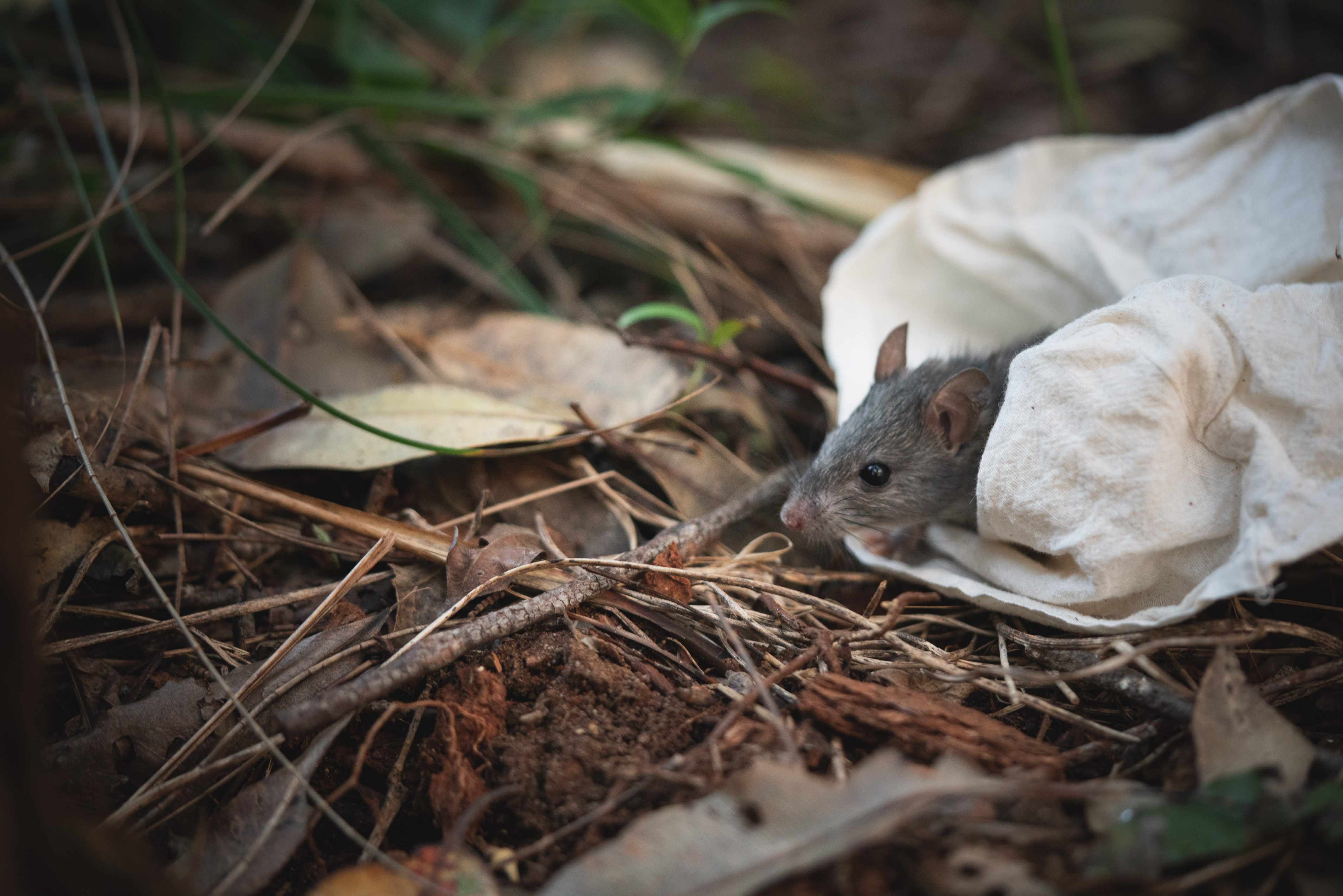Project Understanding the ecology of tick host interactions: black rats as drivers of urban tick dynamics
This year I received funding along with my PhD supervisors Professor Peter Banks and Professor Dieter Hochuli to build on some of our research on urban tick ecology, including findings that emerged during my PhD. With support from the Hermon Slade Foundation we will be exploring the role of introduced black rats in urban tick dynamics.
Image credit: Henry Lydecker
The Australian paralysis tick (Ixodes holocyclus), is a generalist that can feed on many species. Our recent work shows that introduced black rats (Rattus rattus) are abundant in urban tick hot spots, can host high numbers of juvenile ticks, and may play a key role in driving urban tick dynamics. Our camera trapping revealed that black rats are highly active in peri-urban bushland and backyards where residents regularly encounter ticks. But we lack the knowledge required to make evidence-informed decisions around managing ticks.

Left: cluster of engorged nymphal ticks on an anaesthetised black rat, right: a larval Ixodes tick under the microscope (~0.8mm)
Our project tests three key hypotheses:
1) That black rats amplify local tick populations (or alternatively act as ecological traps through grooming)
2) That black rats move regularly between bushland and backyards
3) That a local rat removal program will lead to a reduction in tick abundance
Solutions to prevent tick-borne public health risks are embedded in our understanding of tick ecology. By testing these hypotheses, we will definitively reveal the importance of a global commensal in maintaining urban tick populations, inform management of black rats in urban bushland by studying their movement and determine whether large-scale rat control is a viable tick management strategy.
